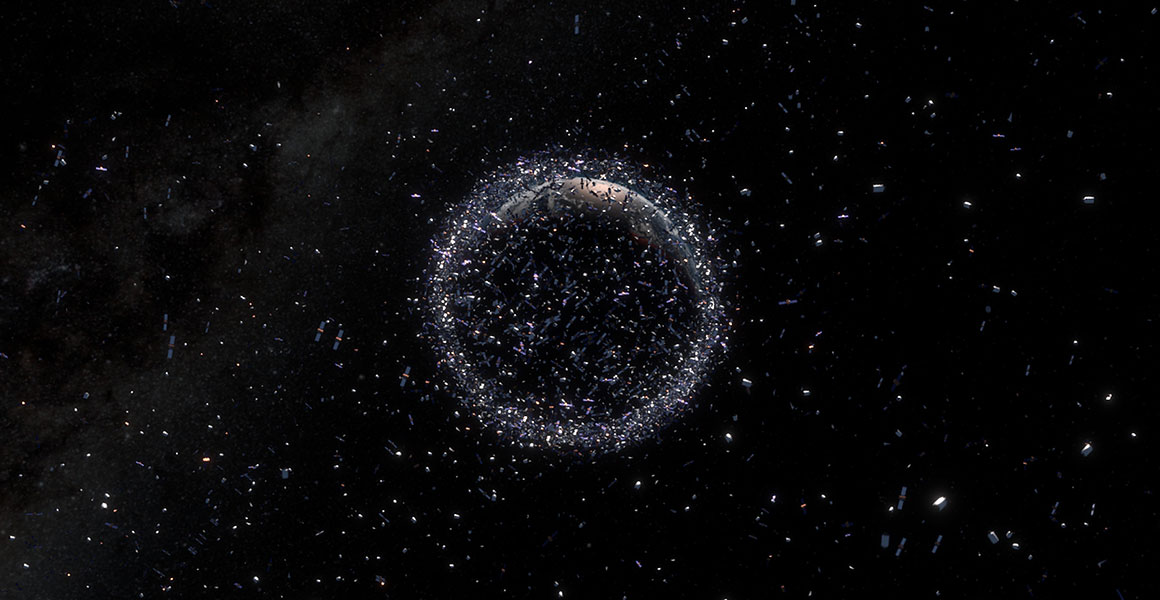The research was released by the British Antarctic Survey who have suggested that with increased CO2 in the Earth’s atmosphere, overtime the air density has begun to decline.
This means that the atmosphere isn’t able to pull down space debris and this could lead to a higher risk of collisions with satellites.
Investigations were carried out by making a projection for the next 50 years, basing it off a global model of the whole atmosphere up to 500km altitude said research fellow Ingrid Cnossen.
“The changes we saw between the climate in the upper atmosphere over the last 50 years and our predictions for the next 50 are a result of CO2 emissions,” she said.
“It is increasingly important to understand and predict how climate change will impact these regions, particularly for the satellite industry and the policymakers who are involved with setting standards for that industry.”
It’s been estimated there are about 10,000 active and defunct satellites in low Earth Orbit while the US Global Surveillance Network tracks about 30,000 pieces of space debris that are larger than 10cm.
Cnossen says that satellite operators have to decommission satellites and deorbit them after 25 years but with the results from her prediction model in mind, she says this may become difficult.

This is the charged part of the upper atmosphere and Cnossen says its vital for helping to monitor climate but that some areas will be more affected than others.
“The largest changes in electron count are found to be expected over South America, the southern Atlantic Ocean, and western Africa,” researchers said.
“The study recommends that further studies monitor these changes and build up a picture in order to control for effects on satellite-based data applications.”
NASA recently had to undertake a manoeuvre of the International Space Station (ISS) to avoid a collision with space debris.
“The International Space Station’s Progress 81 thrusters fired for 5 minutes, 5 seconds in a Pre-Determined Debris Avoidance Maneuver (PDAM) to provide the complex an extra measure of distance away from the predicted track of a fragment of Russian Cosmos 1408 debris,” NASA said.
“Without… it was predicted that the fragment could have passed within about three miles from the station.”






